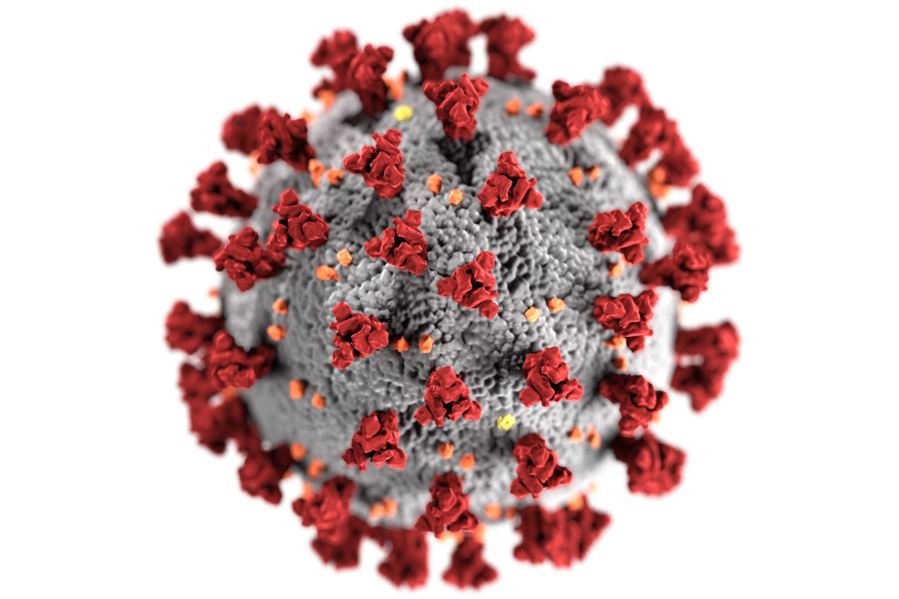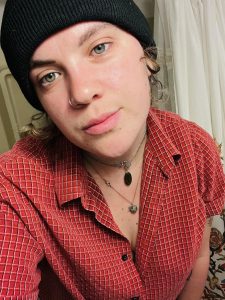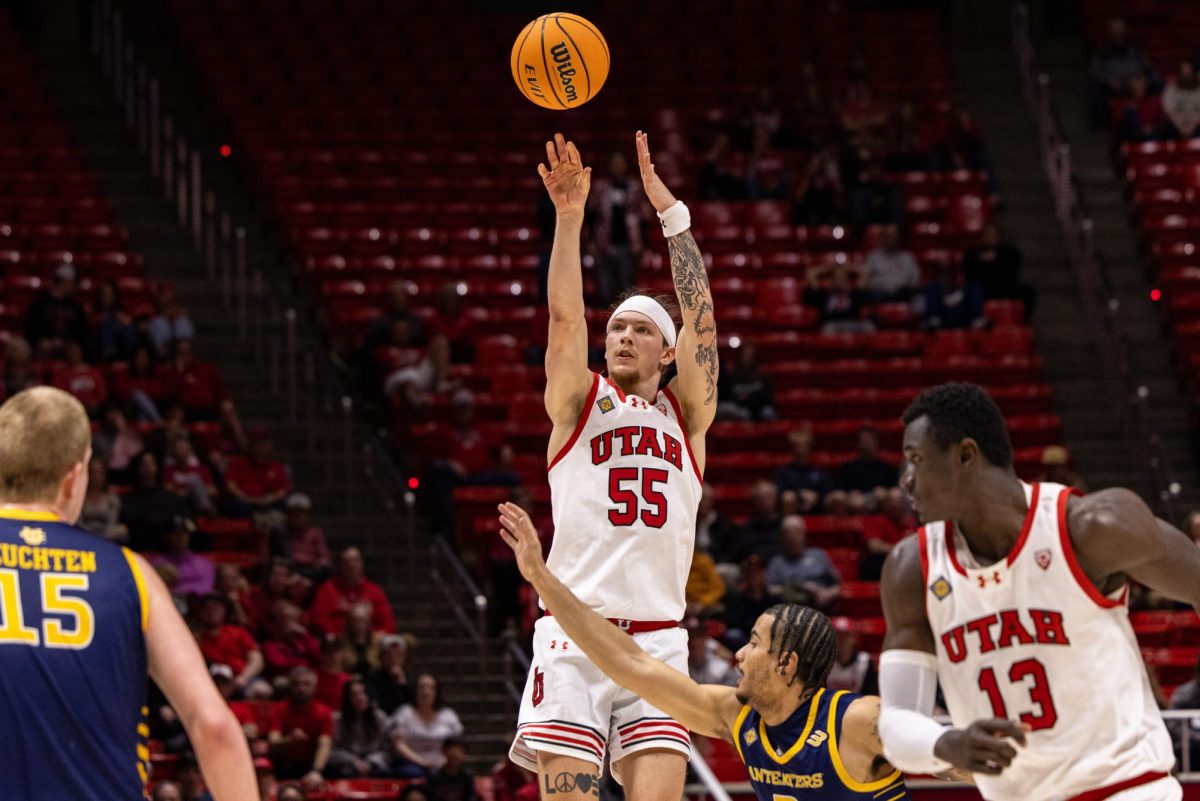Online Workshop Hosted by ASUU and UCC Covers COVID-19 Disparities
Illustration of the morphology of the coronavirus from the Centers of the Disease Control and Prevention (Courtesy Wikimedia Commons)
August 20, 2020
On Tuesday, Aug. 18, ASUU hosted a workshop in collaboration with the University Counseling Center to discuss various aspects of the current pandemic.
One session, entitled “Disproportionality and COVID-19,” highlighted disparities due to income, ability and race.
Dr. Daniel Mendoza from the city and metropolitan planning department explained some of the disparities revealed through his research on the severity of COVID-19 across Salt Lake Valley.
“Our studies found that there are significant differences in terms of COVID-19 contagion rates, even in an area as small as Salt Lake County. … Lower-income and higher-minority populations tend to work in jobs that put them at higher risk,” Mendoza said.
On top of lower-income families having a higher risk of contracting the virus, they may have a harder time following proper self-isolation or quarantine practices if they live in a multifamily home.
“It tends to be that the lower your income, the more people per square foot in your home. So if you have three or four people sharing a room, you may not be able to do that. Once one family member has it, everyone will have it,” Mendoza said.
Rep. Angela Romero of District 26 explained these disparities have not been created by the pandemic — they have always existed.
“COVID-19 just shined a spotlight on disparities that have existed in our communities for a long time and have been ignored by people because they don’t have to see it. This is something we see all the time. … This is not just about the virus, this is about systemic issues that we see across the country in a variety of policy issues,” Romero said.
Romero continued on to address the issues faced within the indigenous population of Utah.
“Many of our children don’t have access to the internet. … We were able to allocate $3.9 million dollars for infrastructure for Bluff. There are about 1,600 Navajo youth that just don’t have the infrastructure to even attend school virtually,” Romero said.
Sahar Khadjenoury, Utah Navajo COVID-19 Relief Program project coordinator, detailed the many disparities present in the Navajo Nation.
“This is a food desert. We don’t have grocery stores that are close, so we have to travel to border towns. … Navajo Nation is roughly the size of the state of West Virginia. Imagine 13 grocery stores in the entire state,” Khadjenoury said.
Khadjenoury also explained that the language barrier between the Navajo Nation and the border towns can be a problem in terms of understanding essential information about the virus.
“A lot of Navajo speakers [were] encountering solely English-speaking people in these towns and not necessarily understanding the severity of COVID-19 when it first hit Navajo Nation, giving it a name that kind of downplayed how serious it was,” Khadjenoury said.
Mendoza discussed his concerns that Spanish speakers in Salt Lake are not receiving the same COVID-19 information as English speakers.
“What we would like to see is whether information that you get from Spanish-speaking media is a commensurate level both in quality and quantity. I think things have evened out by now … but at the very beginning, when all the messaging was primarily focused in English, we were leaving behind community members,” Mendoza said.
Student body president Ephraim Kum said that the pandemic is impacting low-income families because school closures are affecting where children are able to get their meals.
“School closures are important for slowing the spread, but at the same time … you see situations where parents are put into that unforgiving crossroad having to choose between being able to pay rent or avoiding higher risk of infection,” Kum said.
Mendoza also touched on issues of food security.
“About 56% of students in the Salt Lake City School District are dependent on free and reduced breakfast and lunches. That is income that now the family has to invest in feeding their kids because they will not be going to school,” Mendoza said.
Another issue exacerbated by COVID-19 is the lack of clinics and hospitals the Navajo Nation can easily access.
“For a majority of the Navajo Nation and Native Americans across the U.S and Alaskan Natives, there are roughly 3.7 million, and roughly 2.2 million of those rely on Indian Health Services. Imagine 2.2 million individuals and 26 hospitals to service them,” Khadjenoury said.
Mendoza also spoke to the difficulty of accessing clinics in Salt Lake County.
“One thing we can clearly see is that the majority of hospitals and clinics are located on the east side of the county. Even when new, smaller clinics are located and placed on the western part of Salt Lake County, they are not necessarily placed in a very accessible location. For example, there’s not a clear bus route,” Mendoza said.
The workshop not only focused on action items the government is currently pursuing, but also those that can be taken on a personal level.
“What I desperately need students to remember is that because our actions affect others, and because unfortunately some of our actions affect others in worse ways than it might someone else, at the bare minimum, we need to take it upon ourselves to do things we know can protect others within our own power,” Kum said.








